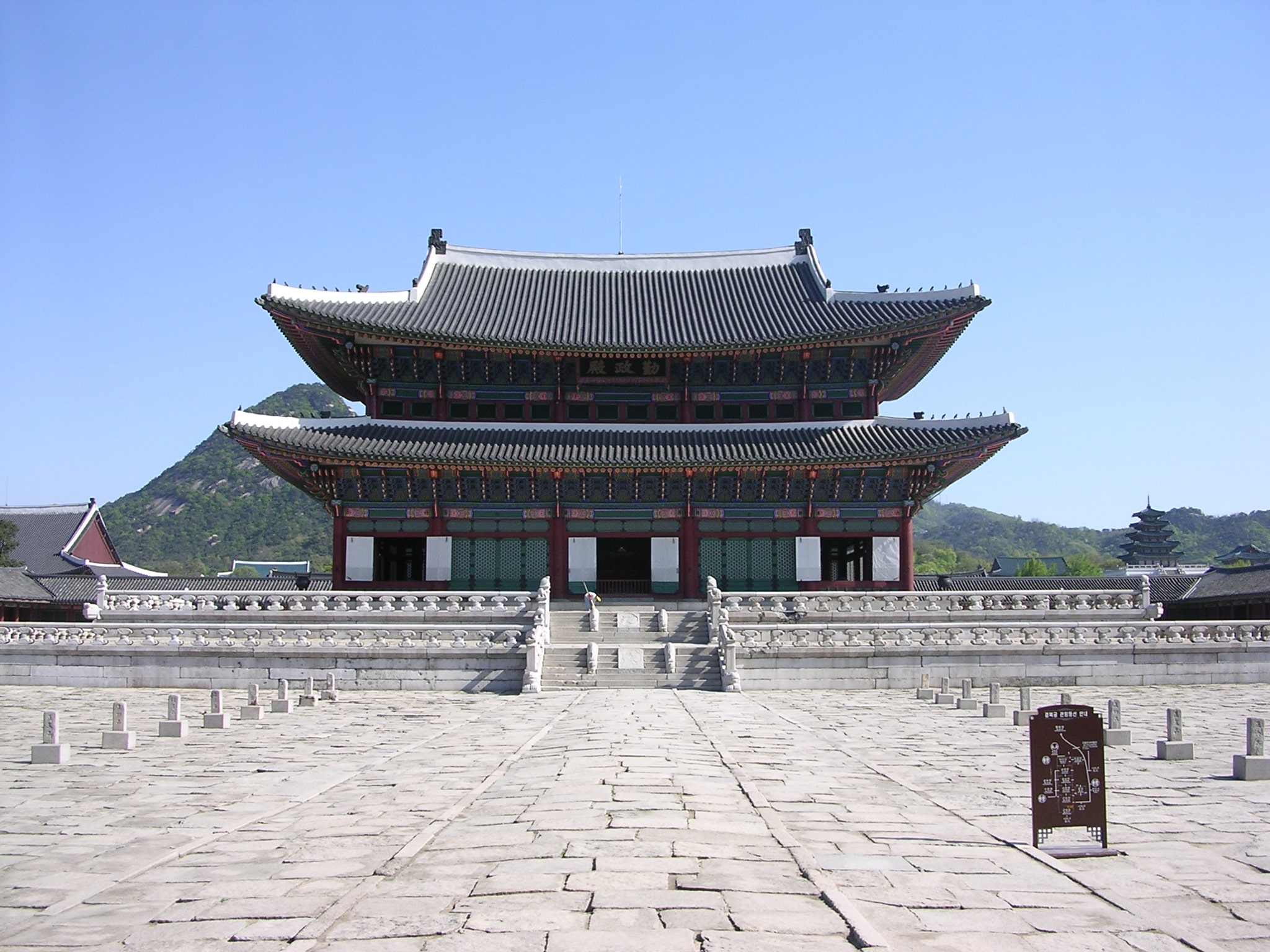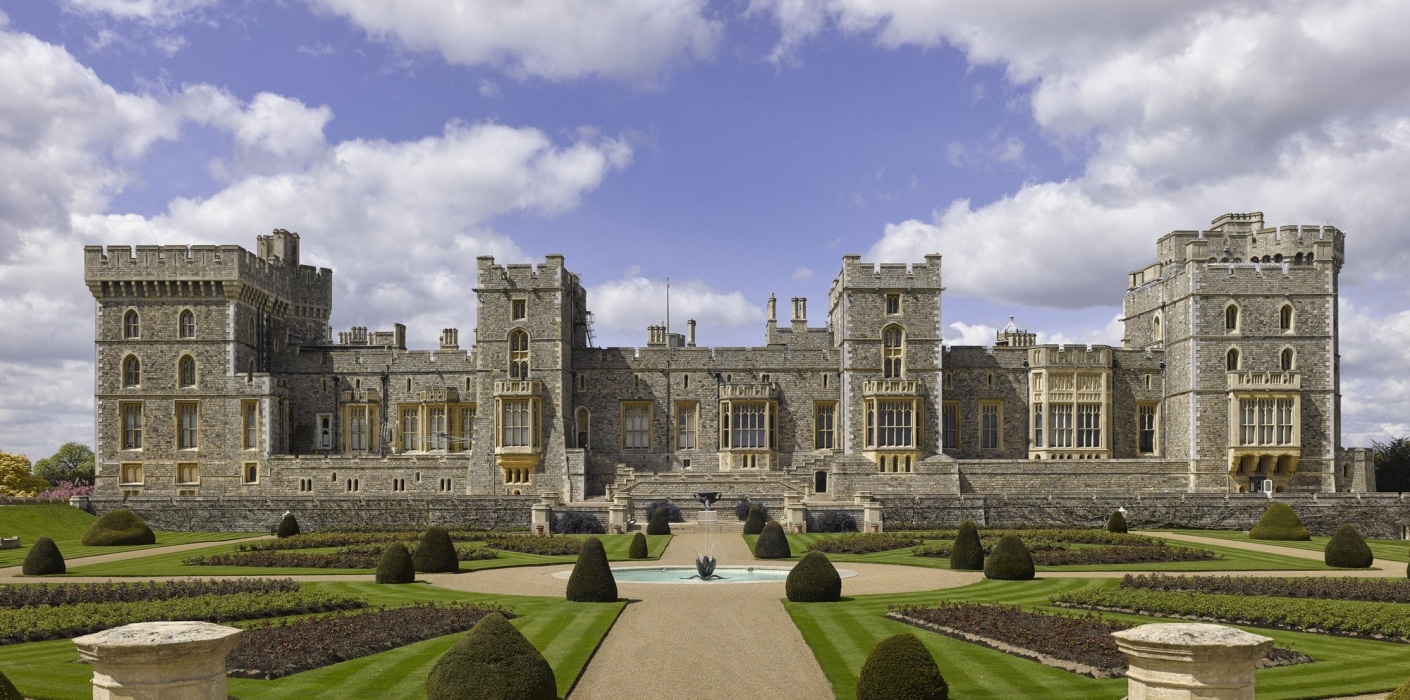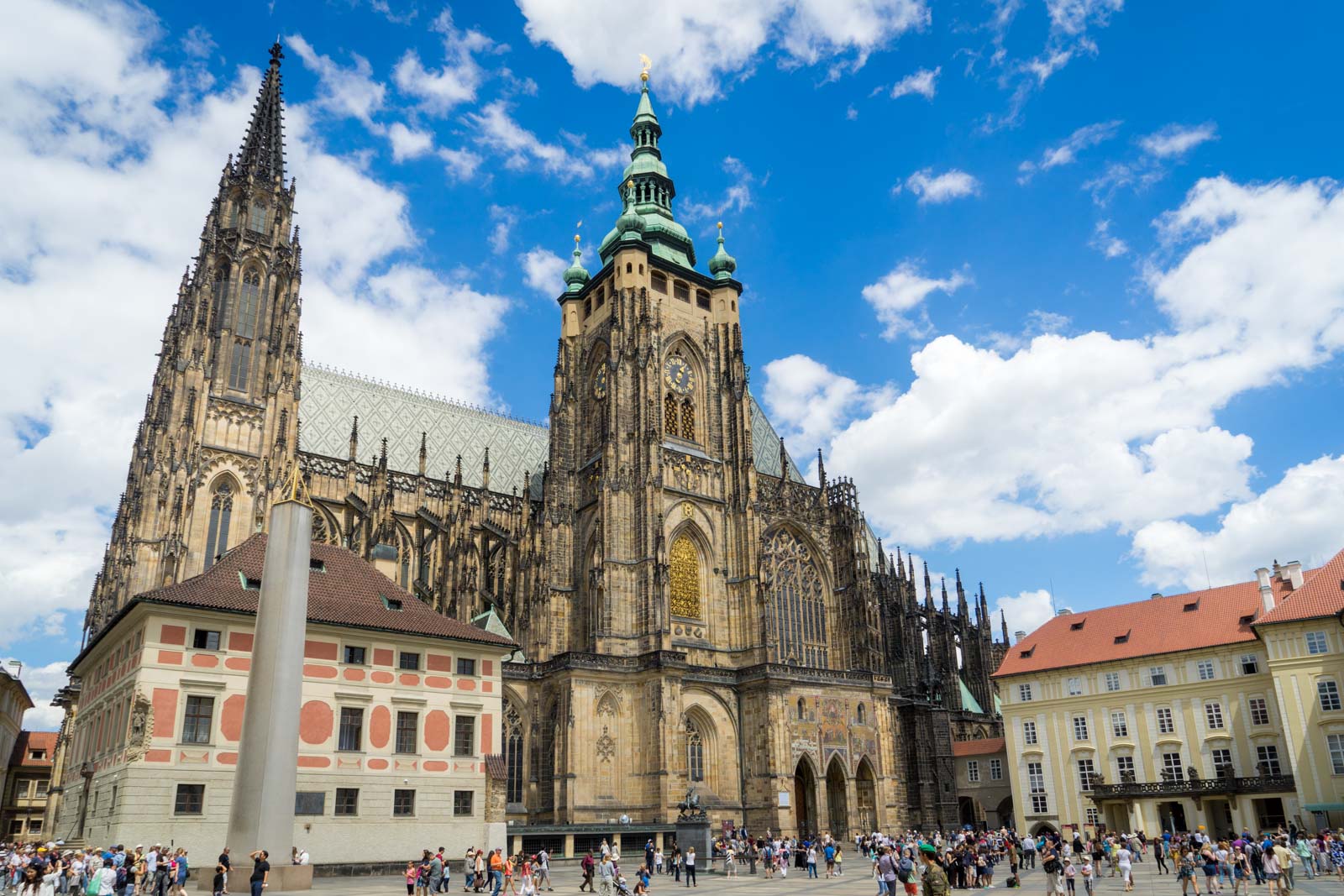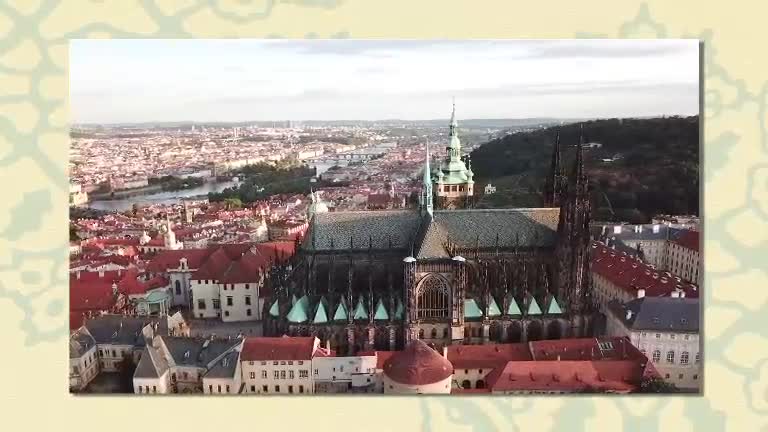Extraordinary Castles And Palaces
Extraordinary Castles And Palaces On Design Santa Barbara With Your Host Michael Kourosh. We encourage you to learn more about these fascinating locations and visit them yourself.
Gyeongbokgung Palace

Gyeongbokgung Palace was the main royal palace of the Joseon dynasty. Built in 1395, it is located in northern Seoul, South Korea. The largest of the Five Grand Palaces built by the Joseon dynasty. Gyeongbokgung served as the home of Kings of the Joseon dynasty. The Kings’ households, as well as the government of Joseon.
Furthermore, continued to serve as the main palace of the Joseon dynasty. until the premises were destroyed by fire during the Imjin War (1592–1598) and abandoned for two centuries. However, in the 19th century, all of the palace’s 7,700 rooms were later restored under the leadership of Prince Regent Heungseon during the reign of King Gojong. Some 500 buildings were restored on a site of over 40 hectares.
The architectural principles of ancient Korea were incorporated into the tradition and appearance of the Joseon royal court.
Windsor Castle

Windsor Castle is a royal residence at Windsor in the English county of Berkshire. It is notable for its long association with the English and later British royal family and for its architecture.
The original castle was built in the 11th century after the Norman invasion of England by William the Conqueror. Since the time of Henry I, it has been used by the reigning monarch and is the longest-occupied palace in Europe. The castle’s lavish early 19th-century State Apartments were described by the art historian Hugh Roberts as “a superb and unrivalled sequence of rooms widely regarded as the finest and most complete expression of later Georgian taste”. Inside the castle walls is the 15th-century St George’s Chapel, considered by the historian John Martin Robinson to be “one of the supreme achievements of English Perpendicular Gothic” design.
Prague Castle

The history of the castle began in 870 when its first walled building, the Church of the Virgin Mary, was built. The Basilica of Saint George and the Basilica of St. Vitus were founded under the reign of Vratislaus I, Duke of Bohemia and his son St. Wenceslas in the first half of the 10th century.
The first convent in Bohemia was founded in the castle, next to the church of St. George. A Romanesque palace was erected here during the 12th century.
King Ottokar II of Bohemia improved fortifications and rebuilt the royal palace for the purposes of representation and housing. In the 14th century, under the reign of Charles IV the royal palace was rebuilt in Gothic style and the castle fortifications were strengthened. In place of rotunda and basilica of St. Vitus began building of a vast Gothic church, that were completed almost six centuries later.
During the Hussite Wars and the following decades, the castle was not inhabited. In 1485, King Ladislaus II Jagello began to rebuild the castle. Furthermore, The massive Vladislav Hall (built by Benedikt Rejt) was added to the Royal Palace. New defence towers were also built on the north side of the castle.

